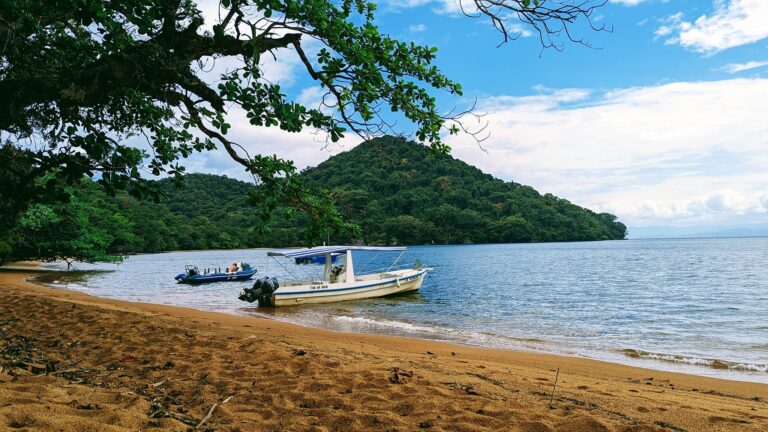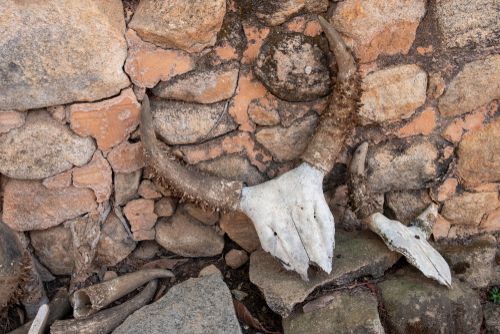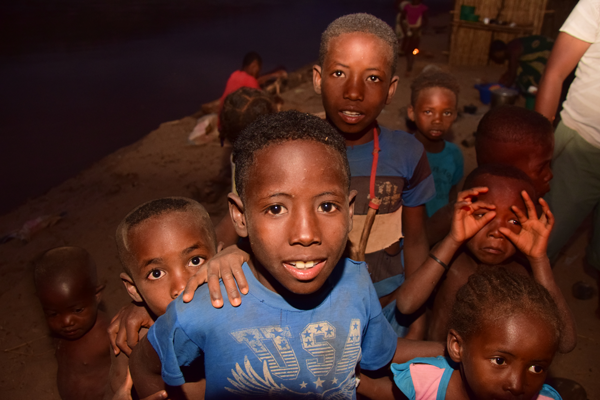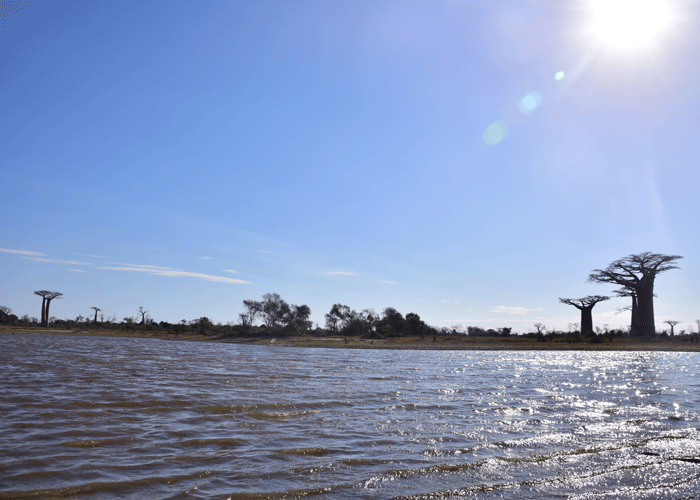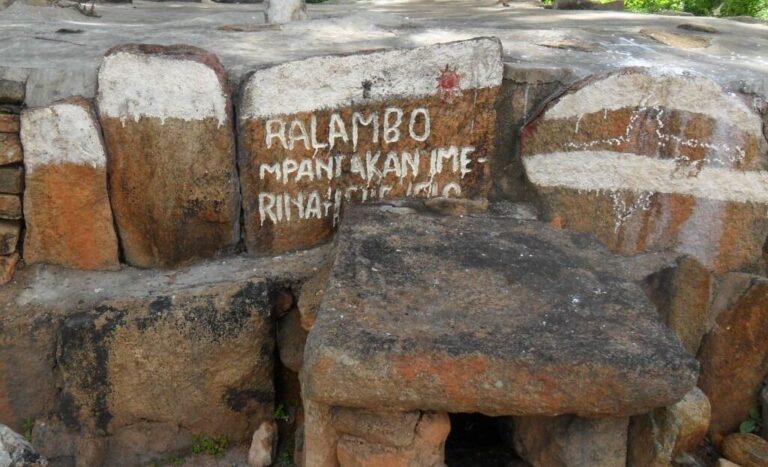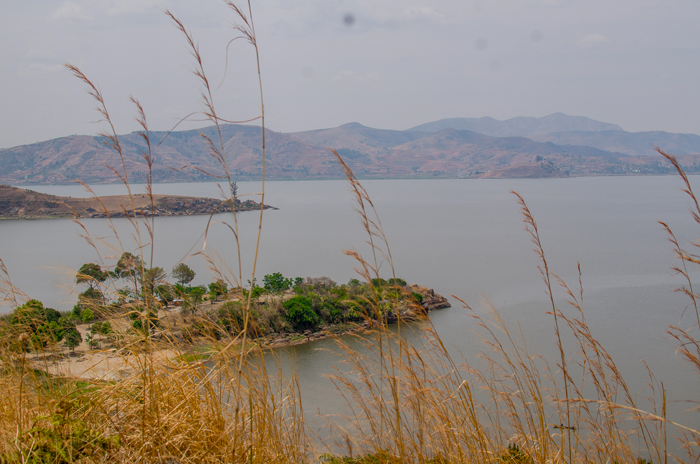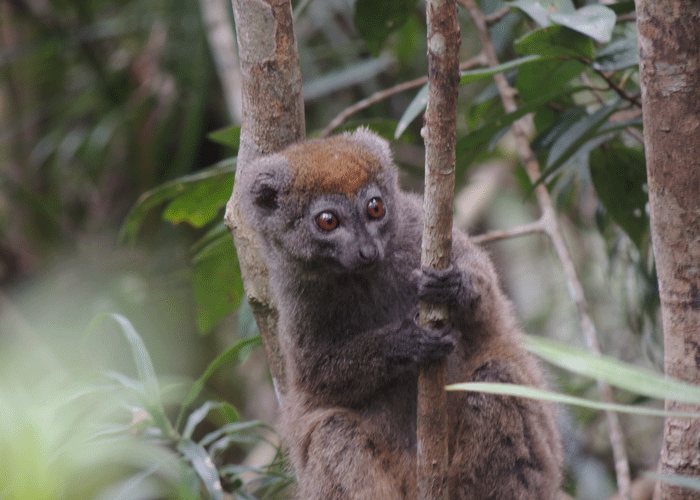Marodoka: A Journey into the Heart of Nosy Be’s History
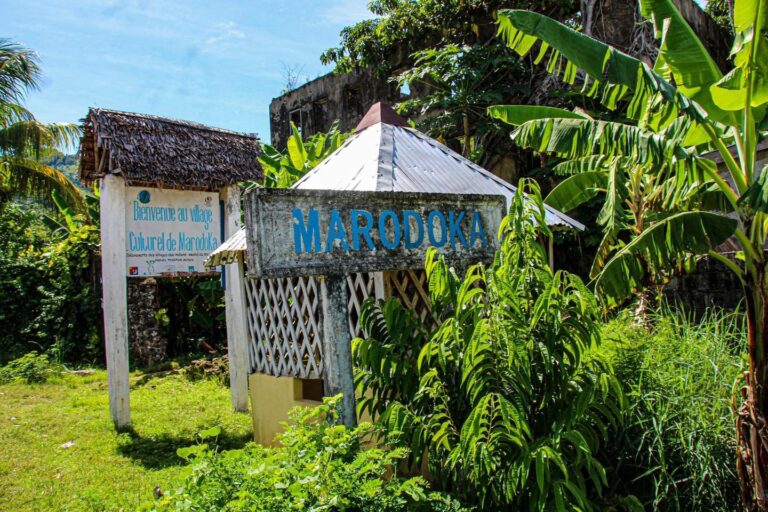
Located just a few kilometers from the center of Nosy Be, Marodoka, the island's first Swahili village, is a site rich in history. Over the centuries, it welcomed merchants and travelers from India and Arabia, drawn by the culture and bustling trade of Nosy Be. Today, this village, a witness to that era, is part of a tourist circuit that highlights the traditions and cultural heritage of the island.

